
User-generated content transforms automotive marketing. As someone who's spent years helping aftermarket auto parts businesses grow their online presence, I've seen firsthand how powerful customer-created content can be. It builds trust in ways traditional marketing simply can't match. Let me show you why this matters for your automotive parts business.
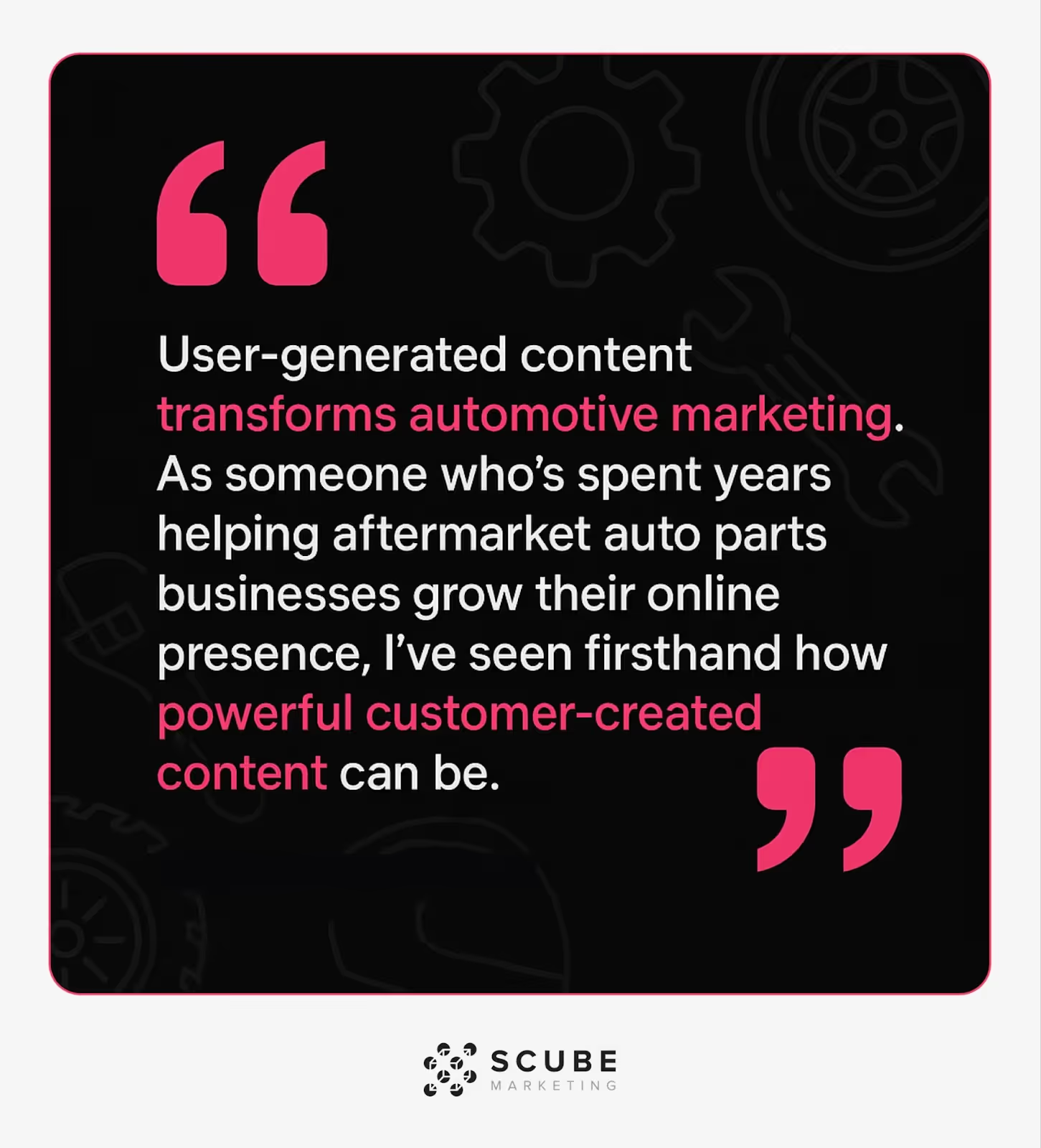
When potential customers research auto parts, they crave authentic information. They want to see real people using products on actual vehicles. This is where UGC creates a competitive edge for smart marketers in the automotive space.
In this guide, I'll walk through proven strategies for collecting, showcasing, and measuring user-generated content specifically for automotive parts marketing. These approaches work for businesses of all sizes in the aftermarket sector.
UGC includes any content created by your customers. For automotive parts retailers, this takes many forms. Customer reviews, installation photos, social media mentions, and vehicle transformation showcases all count as UGC. Each type serves a unique purpose in your marketing mix.
The importance of UGC becomes clear when we look at how people shop for automotive products today. A striking 95% of car shoppers begin their research online before making any purchasing decisions. (Source: Invoca)
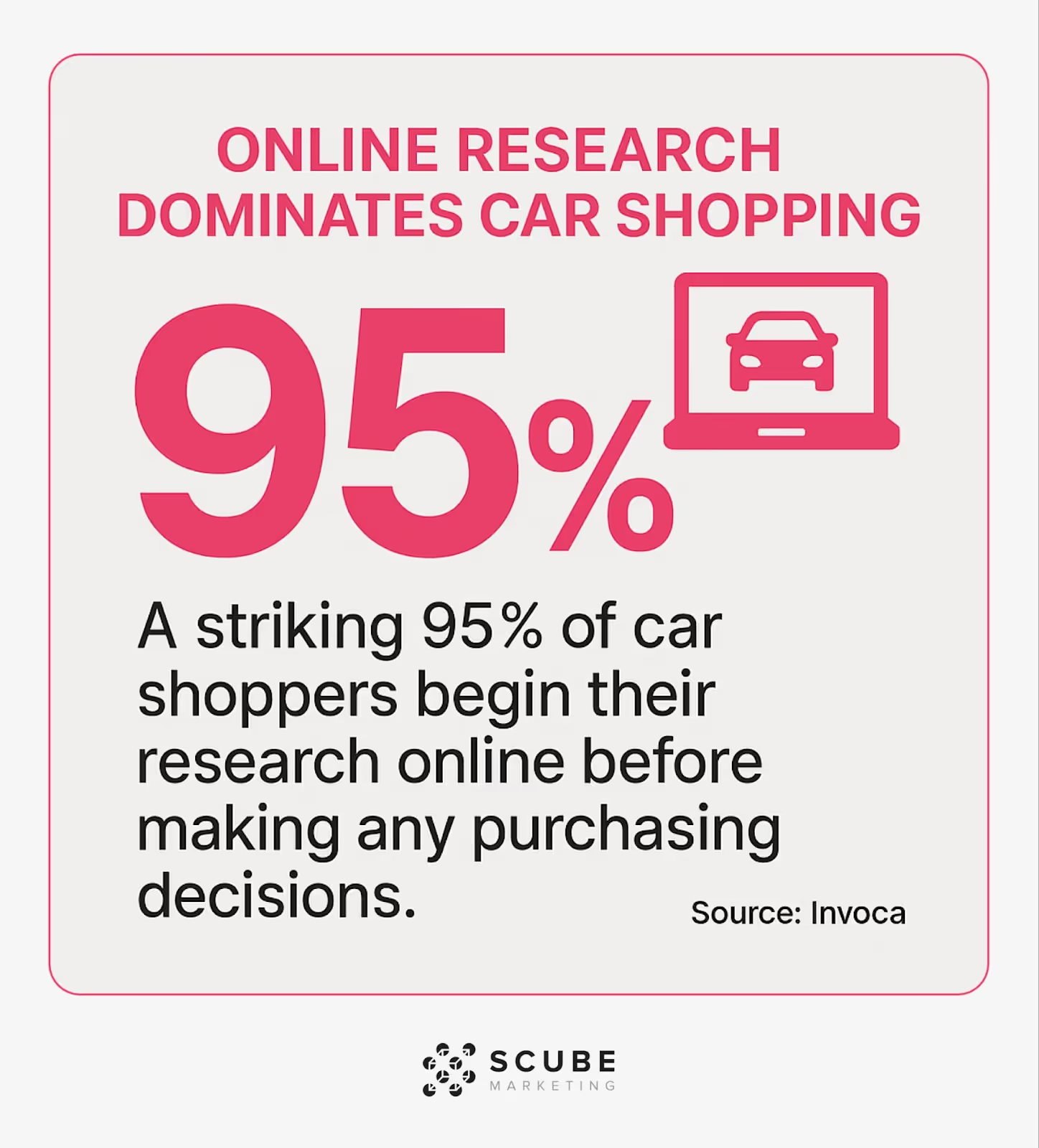
This online-first approach extends to parts and accessories. Buyers want validation from other vehicle owners. They seek proof that products perform as advertised on specific makes and models. UGC provides this crucial social proof.
The automotive aftermarket presents unique UGC opportunities. Unlike complete vehicles, parts often require installation and integration with existing systems. Seeing fellow enthusiasts successfully install and use products builds confidence in potential buyers.
Let's examine the different types of UGC that work particularly well for automotive parts marketing:
Each type of UGC connects with automotive customers in different ways. The key is implementing the right mix for your specific product categories and customer base.
UGC delivers multiple advantages. For automotive parts retailers specifically, these benefits directly address industry challenges around trust, technical confidence, and purchase hesitation. Understanding these benefits helps you prioritize UGC in your marketing strategy.
The automotive market faces unique challenges. Parts must fit specific vehicle applications. Installation might require technical skills. Buyers need reassurance about compatibility and performance. UGC addresses these concerns directly.
Here are the primary benefits automotive parts retailers gain from effective UGC implementation:
Trust matters tremendously in parts sales. When customers install components on their vehicles, they need absolute confidence in quality and compatibility. UGC provides this assurance from trusted peers rather than marketing departments.
Automotive shoppers respond strongly to authenticity. They can instantly recognize staged or stock photography versus real installations. The difference in persuasive power is substantial. Genuine content simply converts better.
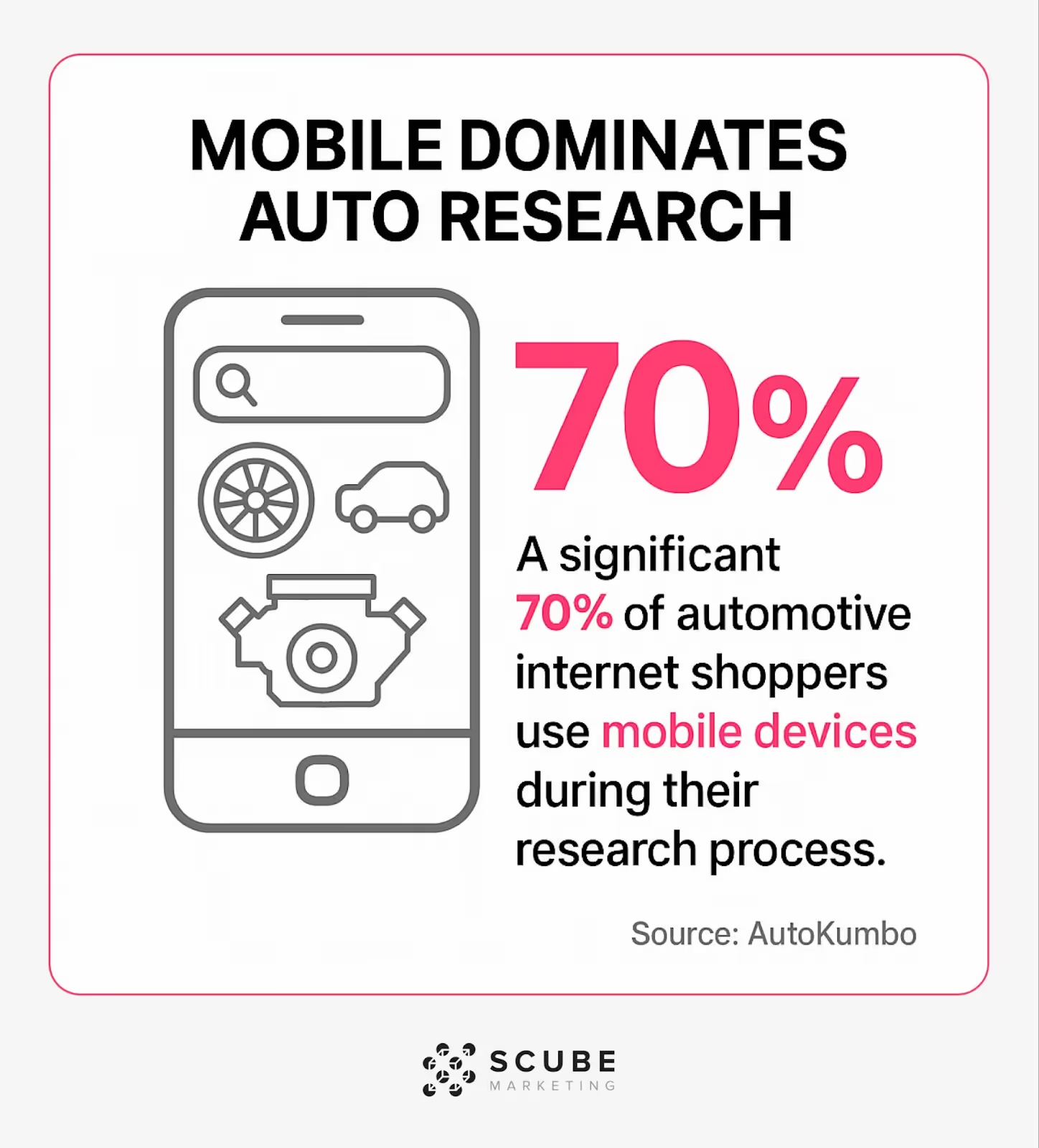
Consider the mobile browsing factor as well. A significant 70% of automotive internet shoppers use mobile devices during their research process. (Source: AutoKunbo) This makes concise, visual UGC even more valuable since it communicates quickly on smaller screens.
UGC naturally increases site engagement. Customer galleries, review sections, and installation guides keep visitors exploring. This extended time on site improves both conversion chances and SEO performance.
The interactive nature of UGC encourages deeper brand connections. When shoppers see others posting about their purchases, they envision themselves joining this community. This social aspect is particularly powerful in passionate automotive niches.
Conversion optimization becomes easier with UGC. Real customer imagery and testimonials address common purchase objections better than any marketing copy. They prove the product works in situations similar to the prospect's needs.
The data supports this approach. Sites featuring UGC typically see conversion rate improvements across product categories. For technical products like automotive parts, this lift can be even more pronounced.
Perhaps the most valuable benefit is demonstrating real-world application. Customers show your products installed on specific vehicle years, makes, and models. This addresses the critical compatibility concerns unique to automotive parts.
Installation challenges become more approachable when buyers see peers completing the process. Technical concerns diminish when real customers demonstrate successful outcomes. This practical validation drives sales.
Collection strategies matter greatly. Simply hoping customers will create content rarely produces results. You need systematic approaches to generate a steady UGC stream for your automotive parts marketing.
The collection process requires planning. Successful automotive retailers create specific campaigns and touchpoints designed to generate UGC. These efforts need appropriate timing and incentives to maximize participation.
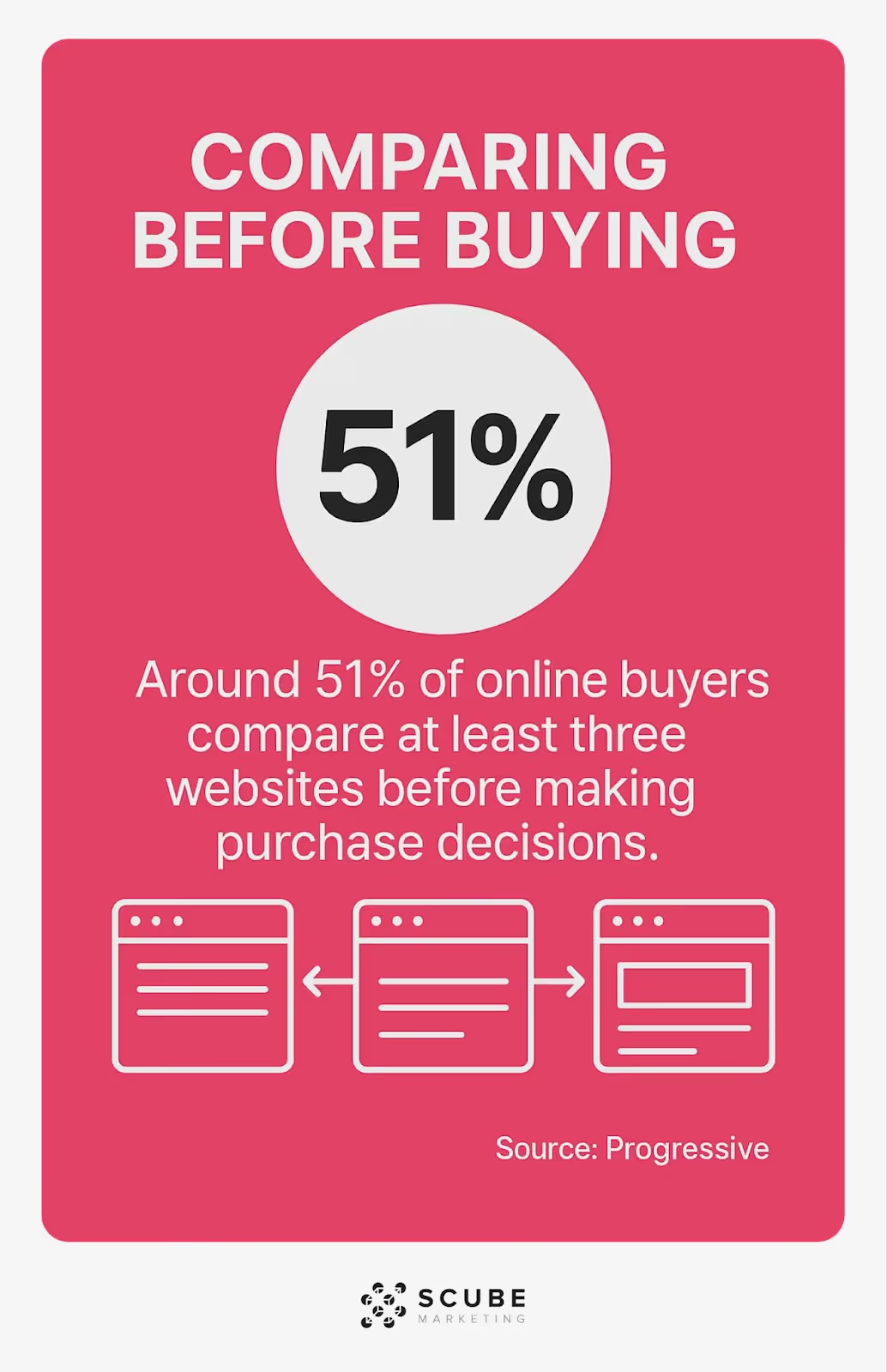
Consumer research indicates this effort is worthwhile. Around 51% of online buyers compare at least three websites before making purchase decisions. (Source: Progressive) Distinctive UGC can be the factor that differentiates your store from competitors.
Dedicated campaigns drive results. Create specific hashtags for your brand or product lines that customers can use when posting. Promote these consistently across all customer touchpoints for maximum visibility.
Contests work particularly well in the automotive space. Photo competitions for "best installation" or "most impressive transformation" generate excitement and participation. The competitive element motivates high-quality submissions.
The following table compares different UGC campaign approaches for automotive parts businesses:
This comparison helps you choose the right approach based on your specific products and customer base. Each strategy works better for certain types of automotive parts.
Your current customers offer the easiest UGC opportunity. They've already purchased and (hopefully) had positive experiences with your products. A simple follow-up can generate valuable content.
Post-purchase emails work well for this purpose. Send a request for photos or feedback approximately two weeks after delivery. This timing allows customers to install the part and experience its benefits before providing feedback.
Social platforms provide natural UGC channels. Automotive enthusiasts already share vehicle modifications and improvements. Your job is channeling this existing behavior toward your brand through appropriate prompts and recognition.
Create platform-specific strategies that match user behavior. Instagram works well for visual content like installations and transformations. Facebook suits longer reviews and community discussions. TikTok excels for quick installation tips or product showcases.
Systematic follow-up processes ensure consistent UGC collection. Create automated email sequences that request different content types at appropriate intervals after purchase. Make submission extremely simple to maximize participation rates.
Consider this sample follow-up sequence for an automotive parts retailer:
Collection alone isn't enough. Strategic display of UGC throughout your marketing channels maximizes its impact. Different placements serve various purposes in the customer journey.
Display strategies should match your specific goals. Trust-building content belongs on product pages near purchase buttons. Inspiration and community content works better in social feeds and galleries. Technical validation content helps in comparison sections.
The automotive industry has some unique display considerations. The table below outlines key placement options for parts retailers:
This placement strategy ensures potential customers encounter relevant UGC at each stage of their buying journey. The right content at the right time significantly impacts conversion rates.
Product pages benefit tremendously from UGC. Customer photos next to professional images provide complementary information. Reviews addressing specific concerns answer questions before they arise. This combination reduces purchase friction.
For automotive parts, vehicle-specific UGC matters most. Enable filtering of reviews and photos by vehicle make, model, and year when possible. This helps customers find the most relevant social proof for their specific application.
Social platforms naturally suit UGC display. Sharing customer content shows appreciation and encourages more submissions. This creates a positive feedback loop of increased engagement and content generation.
Regular features like "Customer Spotlight" or "Install of the Week" create predictable content themes. These recurring features give customers something to aspire to and participate in. They also provide consistent content for your marketing calendar.
Email campaigns perform better with UGC inclusion. Customer photos and testimonials break up marketing copy and add authenticity. They transform promotional messages into community celebrations.
Segment your email UGC by customer interests. Show Ford owners content from other Ford owners. Match performance parts customers with similar enthusiast content. This relevance dramatically improves engagement metrics.
Gallery pages serve multiple purposes. They showcase your community, provide inspiration, and demonstrate product applications across vehicle types. These collections become valuable resources for customers researching compatibility.
Make galleries filterable by product category and vehicle application. This organization helps shoppers find relevant examples quickly. It also creates a valuable SEO asset addressing specific long-tail searches around product applications.
Measurement proves value. Without proper tracking, you can't optimize UGC strategies or demonstrate their impact on your business. The right metrics help justify continued investment in UGC programs.
The automotive parts industry benefits from both standard eCommerce metrics and some sector-specific measurements. The combination provides a complete picture of UGC performance across the customer journey.
Focus on metrics that directly connect to business outcomes. Vanity metrics like "total UGC pieces collected" mean little without conversion impact. Instead, measure how UGC influences customer behavior at key decision points.
Here are the essential metrics for evaluating UGC performance in automotive parts marketing:
These metrics provide a comprehensive view of how UGC impacts your automotive parts business across multiple dimensions. Regular tracking helps refine your approach over time.
Attribution helps understand UGC's role in purchases. Multi-touch attribution models work best since UGC often influences decisions rather than directly triggering them. This approach acknowledges UGC's supporting role in the sales process.
For automotive parts retailers, consideration phase attribution matters most. UGC typically influences shoppers during product research and comparison rather than initial discovery or final purchase. Adjust your models accordingly.
Testing refines your approach. Systematically compare different UGC implementations to identify the most effective formats and placements. This optimization process continuously improves performance over time.
Some valuable A/B tests for automotive parts UGC include:
Best practices ensure success. The automotive industry has specific considerations that affect UGC implementation. Following these guidelines helps you avoid common pitfalls while maximizing results.
The technical nature of automotive parts creates unique requirements. Accuracy matters tremendously when fitment and compatibility affect purchases. This influences how you collect, display, and manage UGC in your marketing.
Legal protection matters. Always obtain proper permissions before using customer content in your marketing. This typically means clear terms during submission and explicit consent for commercial usage.
For automotive businesses, additional considerations include:
These considerations help protect both your business and your customers when implementing UGC strategies. Proper management prevents potential legal complications.
Moderation ensures quality. Not all submitted content meets your standards or serves your marketing goals. Clear guidelines help you consistently select the most effective UGC for publication.
Create specific moderation criteria for automotive parts UGC:
Negative content requires strategy. Not all UGC will be positive, especially in reviews. How you handle critical feedback significantly impacts your brand perception and customer trust.
The automotive industry faces specific challenges around fit issues, installation difficulties, and performance expectations. Address these directly in your response strategy to demonstrate expertise and commitment to customer satisfaction.
Incentives drive participation. Strategic rewards encourage customers to create the specific UGC types you need most. The incentive structure influences both quantity and quality of submissions.
Online automotive retailers often succeed with tiered incentive programs. Small rewards for basic reviews, larger incentives for detailed installation content, and premium rewards for comprehensive video guides create a progression that encourages deeper participation.
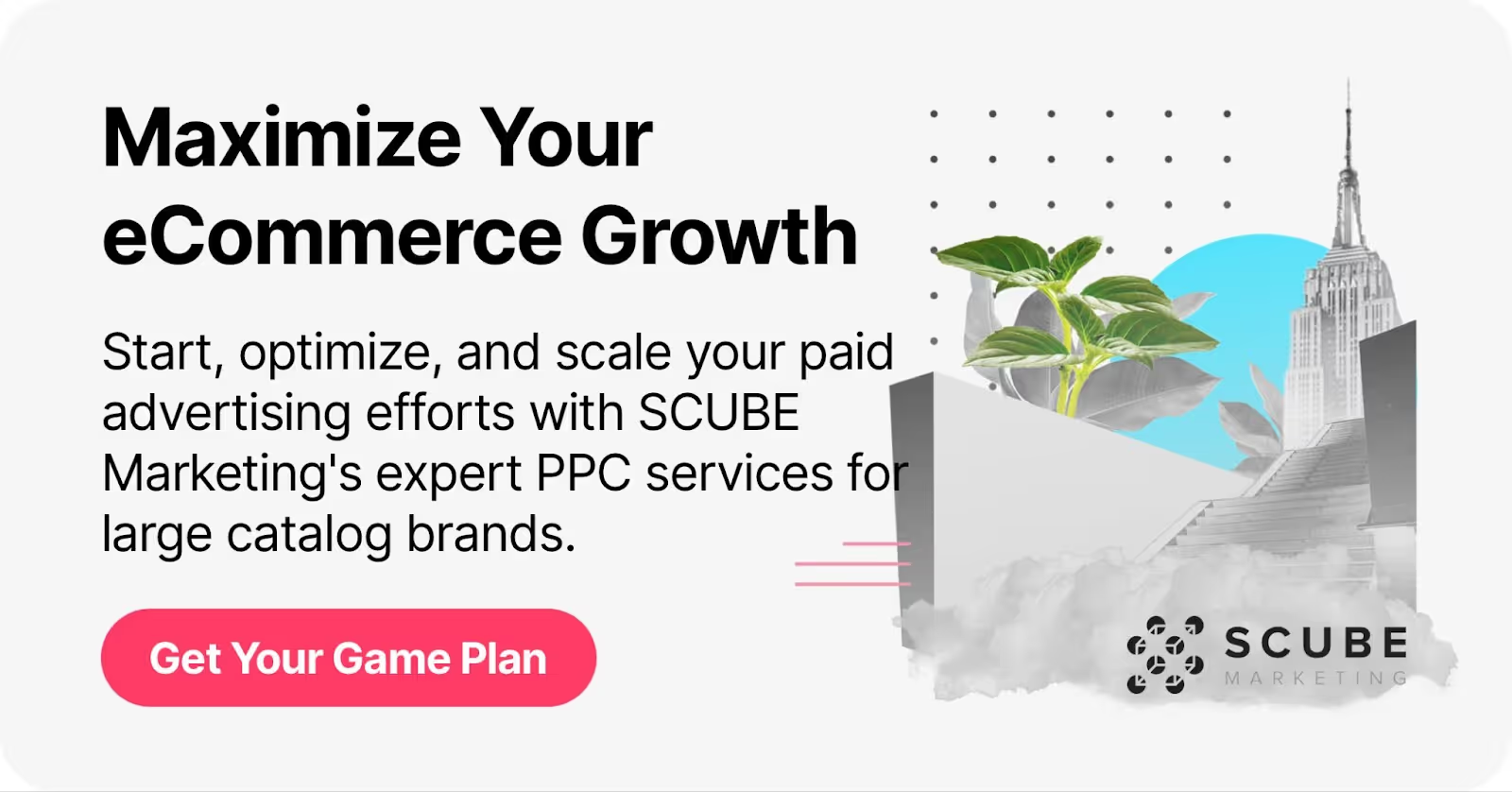
UGC transforms automotive marketing. When implemented strategically, customer-created content builds trust, demonstrates product applications, and drives conversions. These benefits directly address the unique challenges faced by automotive parts retailers.
Start with small, focused initiatives. Begin collecting basic reviews and photos, then expand to more sophisticated UGC types as your program matures. This gradual approach builds both customer participation and internal capabilities.
The automotive aftermarket continues growing online. In this increasingly digital landscape, authentic content from real customers provides a crucial competitive advantage. UGC helps bridge the gap between online shopping convenience and the hands-on nature of automotive parts.
I've seen firsthand how effective UGC can be for parts retailers. When customers show their successful installations and share their positive experiences, it creates a powerful sales tool no marketing department could create internally. The authenticity simply can't be replicated.
Now it's your turn to implement these strategies. Start collecting, showcasing, and measuring UGC in your automotive marketing. The results will speak for themselves through improved engagement, higher conversion rates, and stronger customer relationships.